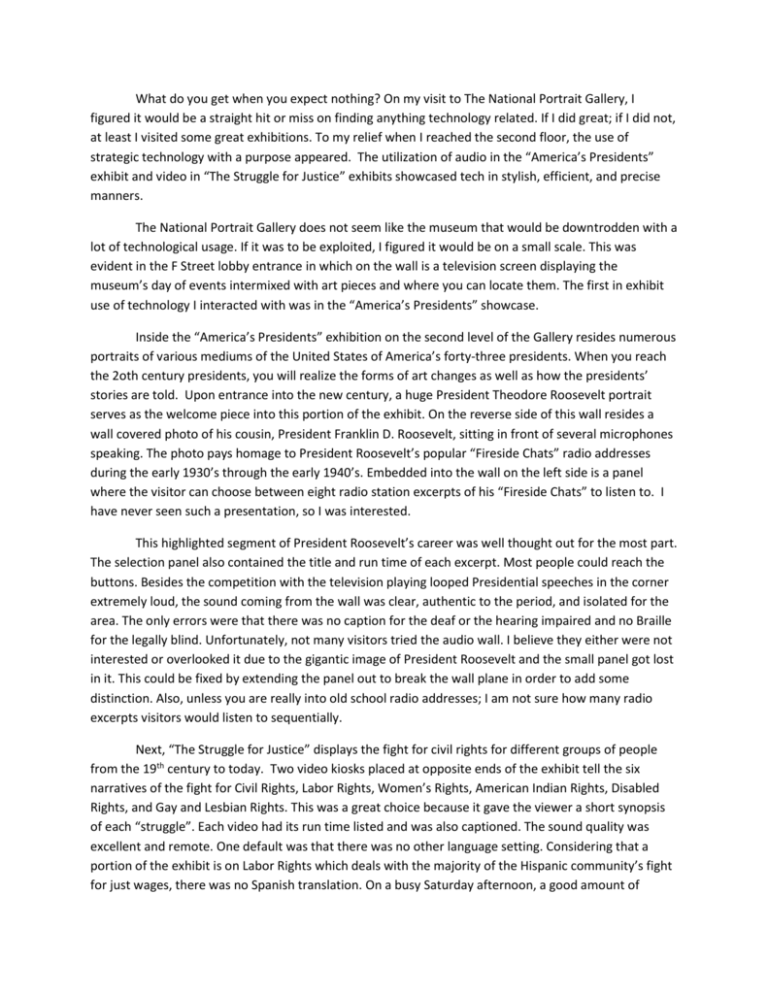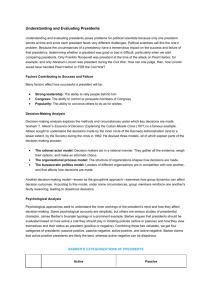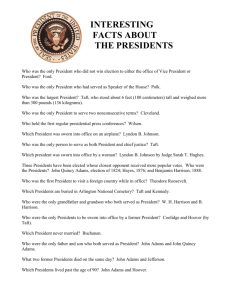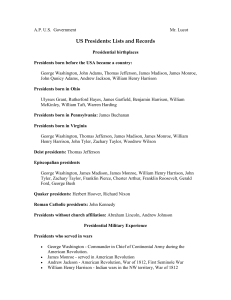National__Portrait__Gallery
advertisement

What do you get when you expect nothing? On my visit to The National Portrait Gallery, I figured it would be a straight hit or miss on finding anything technology related. If I did great; if I did not, at least I visited some great exhibitions. To my relief when I reached the second floor, the use of strategic technology with a purpose appeared. The utilization of audio in the “America’s Presidents” exhibit and video in “The Struggle for Justice” exhibits showcased tech in stylish, efficient, and precise manners. The National Portrait Gallery does not seem like the museum that would be downtrodden with a lot of technological usage. If it was to be exploited, I figured it would be on a small scale. This was evident in the F Street lobby entrance in which on the wall is a television screen displaying the museum’s day of events intermixed with art pieces and where you can locate them. The first in exhibit use of technology I interacted with was in the “America’s Presidents” showcase. Inside the “America’s Presidents” exhibition on the second level of the Gallery resides numerous portraits of various mediums of the United States of America’s forty-three presidents. When you reach the 2oth century presidents, you will realize the forms of art changes as well as how the presidents’ stories are told. Upon entrance into the new century, a huge President Theodore Roosevelt portrait serves as the welcome piece into this portion of the exhibit. On the reverse side of this wall resides a wall covered photo of his cousin, President Franklin D. Roosevelt, sitting in front of several microphones speaking. The photo pays homage to President Roosevelt’s popular “Fireside Chats” radio addresses during the early 1930’s through the early 1940’s. Embedded into the wall on the left side is a panel where the visitor can choose between eight radio station excerpts of his “Fireside Chats” to listen to. I have never seen such a presentation, so I was interested. This highlighted segment of President Roosevelt’s career was well thought out for the most part. The selection panel also contained the title and run time of each excerpt. Most people could reach the buttons. Besides the competition with the television playing looped Presidential speeches in the corner extremely loud, the sound coming from the wall was clear, authentic to the period, and isolated for the area. The only errors were that there was no caption for the deaf or the hearing impaired and no Braille for the legally blind. Unfortunately, not many visitors tried the audio wall. I believe they either were not interested or overlooked it due to the gigantic image of President Roosevelt and the small panel got lost in it. This could be fixed by extending the panel out to break the wall plane in order to add some distinction. Also, unless you are really into old school radio addresses; I am not sure how many radio excerpts visitors would listen to sequentially. Next, “The Struggle for Justice” displays the fight for civil rights for different groups of people from the 19th century to today. Two video kiosks placed at opposite ends of the exhibit tell the six narratives of the fight for Civil Rights, Labor Rights, Women’s Rights, American Indian Rights, Disabled Rights, and Gay and Lesbian Rights. This was a great choice because it gave the viewer a short synopsis of each “struggle”. Each video had its run time listed and was also captioned. The sound quality was excellent and remote. One default was that there was no other language setting. Considering that a portion of the exhibit is on Labor Rights which deals with the majority of the Hispanic community’s fight for just wages, there was no Spanish translation. On a busy Saturday afternoon, a good amount of people used it. Even though they may have listened to one video and walked away toward the end; they still used it. People just have short attention spans; even a minute and forty-five seconds is still too long for some. In the end, I applaud The National Portrait Gallery for utilizing technology in an uncomplicated well executed approach. There implementation gave the viewer choices, let them know how long it would take, and they also did not disrupt other visitors while their viewing other works of art. The information being delivered was compelling and enhanced the visitors’ knowledge of the subjects of the exhibit. This was clearly evident in the “The Struggle for Justice”. President Franklin Roosevelt’s sound wall in “America’s Presidents” was a clever way to present exclusive audio; at least I have never seen it done before. Both audio and video presentations were for all ages. The upkeep for both is inexpensive and “The Struggle for Justice” kiosk was even sponsored by FORD Motor Company. The only main tech issues were the lack of caption on the sound wall and the language setting being nonexistent on the video kiosk. So, what do you get when you expect nothing? You get to experience two technology pieces that amplify art work as well educate; a success story on the second floor.









